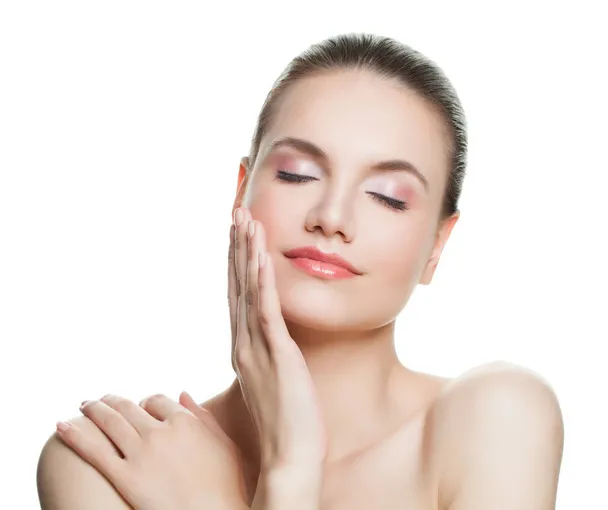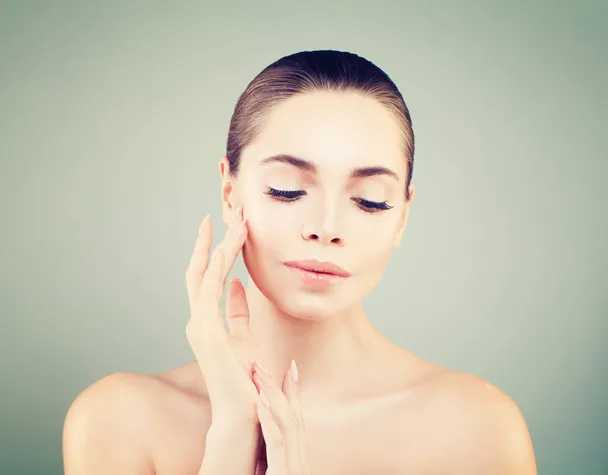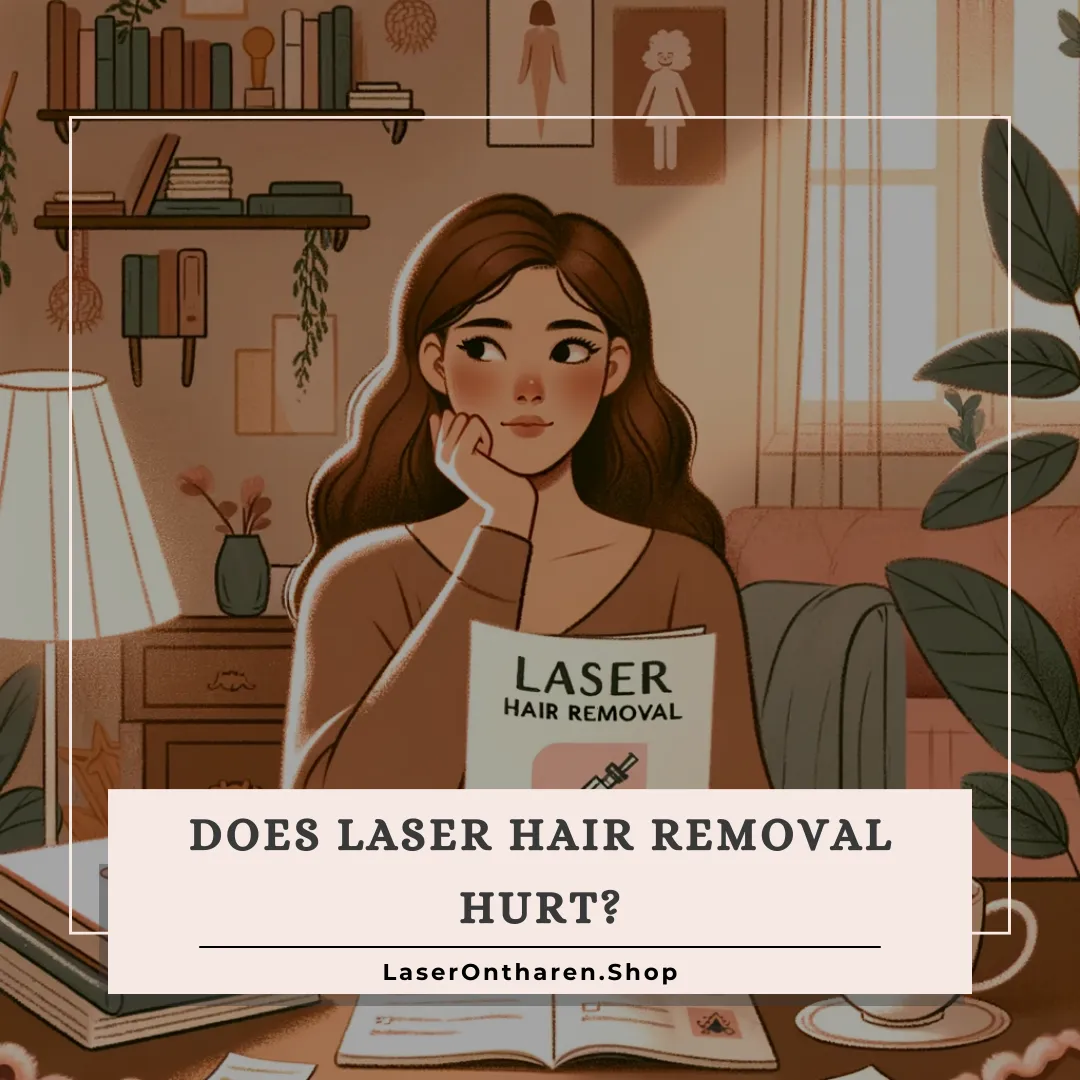Body hair is a natural and normal aspect of human physiology, yet societal norms and expectations often dictate that women should be hair-free. However, the reality is that female body hair serves important functions and varies widely among individuals. In this article, we will explore the facts about female body hair, debunk common myths, and promote understanding and acceptance of diverse body types.
Understanding Female Body Hair:
- Purpose of Body Hair: Body hair, including that on women, serves several purposes such as regulating body temperature, providing protection against friction and external elements, and possibly even playing a role in pheromone dispersal.
- Hormonal Influence: Hormones play a significant role in determining the distribution and thickness of body hair. Androgen hormones, such as testosterone, typically result in the growth of thicker and more visible hair, while estrogen tends to produce finer and lighter hair.
- Variability: The amount, color, texture, and distribution of body hair vary greatly among individuals, influenced by genetics, ethnicity, hormonal balance, and other factors. What is considered “normal” varies widely among different cultures and communities.
Common Myths Debunked:
- Myth: Women Should Be Completely Hairless: Despite the societal pressure for women to be entirely hair-free, the reality is that most women have some degree of body hair. This pressure stems from cultural norms and beauty standards rather than any biological necessity. The expectation for women to remove all body hair is a relatively recent phenomenon and varies across different cultures and historical periods. While some women may choose to remove their body hair for personal or cultural reasons, it’s essential to recognize that there is no inherent requirement for women to be completely hairless. Embracing and accepting natural variations in body hair is crucial for promoting body positivity and challenging unrealistic beauty standards.
- Myth: Body Hair Is Dirty or Unhygienic: Contrary to popular belief, body hair itself is not inherently unclean. Proper hygiene practices, such as regular bathing and washing with soap, are what maintain cleanliness, regardless of the presence of body hair. Body hair serves various functions, including regulating body temperature and providing protection against friction and external elements, as discussed earlier. While excessive body hair growth can sometimes trap sweat and bacteria, leading to body odor or skin infections, this is more related to personal hygiene habits rather than the presence of hair itself. With proper care and maintenance, individuals can maintain cleanliness and hygiene regardless of their level of body hair. Therefore, it’s essential to dispel the misconception that body hair is inherently unclean or unhygienic.
- Myth: Shaving Makes Hair Grow Back Thicker and Darker: One of the most pervasive misconceptions about body hair is the belief that shaving causes it to grow back thicker and darker. In reality, shaving only affects the visible portion of the hair above the skin’s surface and does not alter its thickness or color. When hair grows back after shaving, it may appear thicker and darker initially, but this is simply due to the blunt edge of the hair shaft being more noticeable than the tapered end of unshaved hair. Over time, as the hair grows out, it will regain its natural texture and color. This myth likely persists due to observations of the immediate aftermath of shaving rather than any actual change in hair growth patterns.
- Myth: Body Hair Removal Is Required for Femininity: Another common misconception is that body hair removal is necessary for femininity. However, femininity is not defined by the presence or absence of body hair. Women should have the autonomy to choose whether to remove their body hair based on personal preference rather than societal pressure. The expectation for women to be hairless is a social construct that has evolved over time and varies across different cultures and historical periods. It’s essential to challenge this narrow definition of femininity and recognize that there is no one-size-fits-all approach to beauty and gender expression. Women should be empowered to make decisions about their bodies without feeling obligated to conform to unrealistic standards imposed by society.
Promoting Acceptance and Understanding:
- Body Positivity: Embracing diversity in body types, including variations in body hair, is fundamental for promoting body positivity and self-acceptance. Society often imposes narrow beauty standards that dictate women should be hairless, leading many individuals to feel ashamed or insecure about their natural body hair. However, by celebrating and accepting the diversity of human bodies, we can challenge these unrealistic ideals and create a more inclusive and accepting environment. Body positivity encourages individuals to love and accept themselves as they are, regardless of societal expectations or norms. By embracing the natural variations in body hair, we can foster a culture of self-love, confidence, and acceptance.
- Respect for Choice: It’s crucial to respect individuals’ choices regarding body hair removal. Whether someone decides to remove their body hair or not, their choice should be respected without judgment. Personal grooming preferences are deeply personal and can be influenced by cultural, religious, or individual factors. Pressuring individuals to conform to specific beauty standards or criticizing their choices regarding body hair removal only perpetuates harmful beauty ideals and undermines their autonomy. Instead, we should prioritize respecting each person’s agency over their own bodies and support their decisions without imposing our own biases or expectations.
- Education and Awareness: By debunking myths and providing accurate information about female body hair, we can foster greater understanding and acceptance in society. Misconceptions about body hair often stem from lack of knowledge or misinformation perpetuated by societal norms and media representations. Through education and awareness campaigns, we can challenge these myths and promote a more informed and inclusive dialogue surrounding female body hair. By providing accurate information about the purpose and variability of body hair, as well as debunking common misconceptions such as shaving making hair grow back thicker, we can empower individuals to make informed decisions about their own bodies. Additionally, fostering open discussions about the societal pressures and beauty standards related to body hair can help dismantle harmful stereotypes and promote acceptance of diverse body types.
Female body hair is indeed a natural and diverse aspect of human biology, and embracing this diversity is crucial for promoting inclusivity and acceptance in society. By debunking myths surrounding female body hair, promoting understanding of its biological and cultural significance, and respecting individual choices regarding grooming practices, we can contribute to a more inclusive and accepting society where diverse body types are celebrated.
Dispelling misconceptions about female body hair is an essential step in this process. By providing accurate information and challenging stereotypes, we can combat the stigma associated with body hair and promote a more positive perception of natural bodily features. Understanding the various purposes and functions of body hair, as well as its variability among individuals, helps foster empathy and appreciation for the diversity of human bodies.
Moreover, respecting individuals’ autonomy and choices regarding body hair removal is crucial. Every person should have the freedom to decide how they want to groom their bodies without facing judgment or pressure to conform to societal standards. By recognizing and validating diverse grooming preferences, we can create a more inclusive environment where everyone feels accepted and respected for who they are.
Ultimately, by promoting understanding, debunking myths, and respecting individual choices, we can contribute to a society that celebrates diversity and embraces all body types. It’s time to move away from unrealistic beauty ideals and embrace the natural diversity of human bodies in all its forms.










